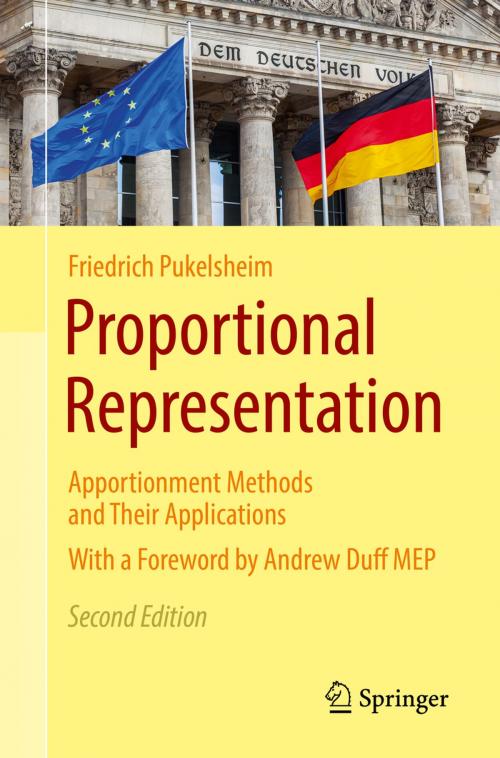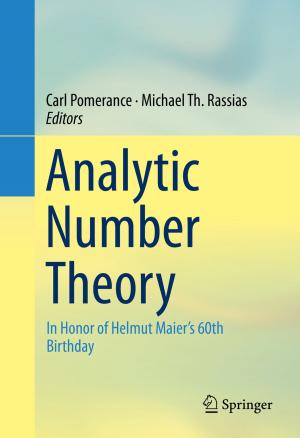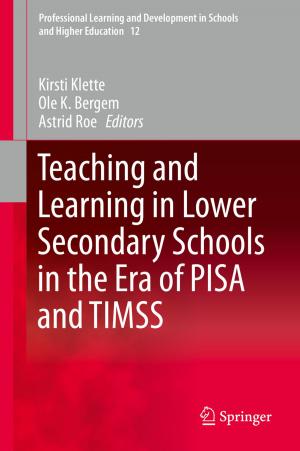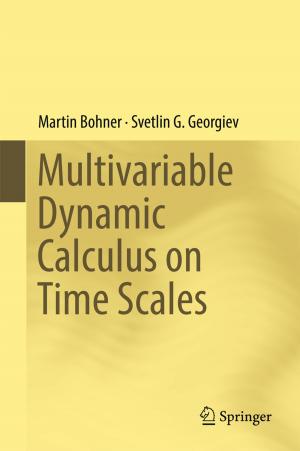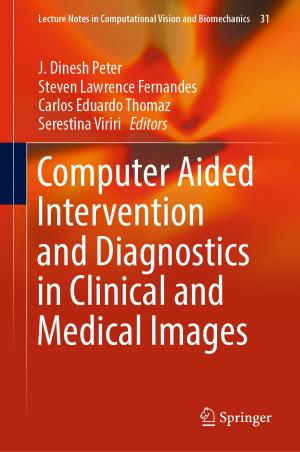Proportional Representation
Apportionment Methods and Their Applications
Nonfiction, Science & Nature, Mathematics, Game Theory, Social & Cultural Studies, Social Science, Statistics| Author: | Friedrich Pukelsheim | ISBN: | 9783319647074 |
| Publisher: | Springer International Publishing | Publication: | December 28, 2017 |
| Imprint: | Springer | Language: | English |
| Author: | Friedrich Pukelsheim |
| ISBN: | 9783319647074 |
| Publisher: | Springer International Publishing |
| Publication: | December 28, 2017 |
| Imprint: | Springer |
| Language: | English |
The book offers an in-depth study of the translation of vote counts into seat numbers in proportional representation systems – an approach guided by practical needs. It also provides plenty of empirical instances illustrating the results. It analyzes in detail the 2014 elections to the European Parliament in the 28 member states, as well as the 2009 and 2013 elections to the German Bundestag. This second edition is a complete revision and expanded version of the first edition published in 2014, and many empirical election results that serve as examples have been updated. Further, a final chapter has been added assembling biographical sketches and authoritative quotes from individuals who pioneered the development of apportionment methodology. The mathematical exposition and the interrelations with political science and constitutional jurisprudence make this an apt resource for interdisciplinary courses and seminars on electoral systems and apportionment methods.
The book offers an in-depth study of the translation of vote counts into seat numbers in proportional representation systems – an approach guided by practical needs. It also provides plenty of empirical instances illustrating the results. It analyzes in detail the 2014 elections to the European Parliament in the 28 member states, as well as the 2009 and 2013 elections to the German Bundestag. This second edition is a complete revision and expanded version of the first edition published in 2014, and many empirical election results that serve as examples have been updated. Further, a final chapter has been added assembling biographical sketches and authoritative quotes from individuals who pioneered the development of apportionment methodology. The mathematical exposition and the interrelations with political science and constitutional jurisprudence make this an apt resource for interdisciplinary courses and seminars on electoral systems and apportionment methods.
